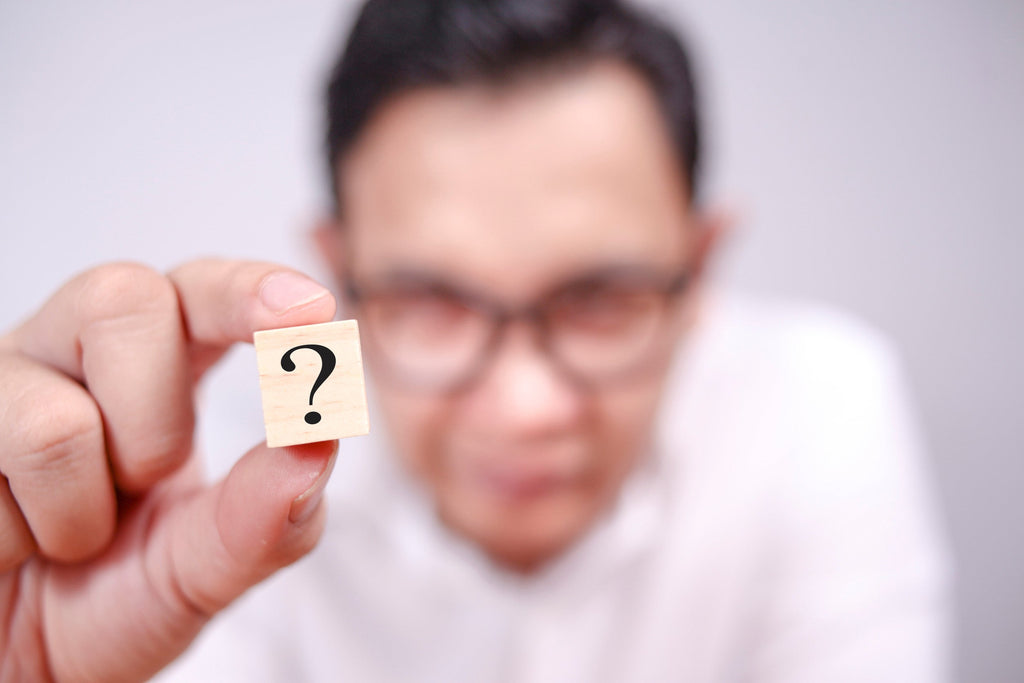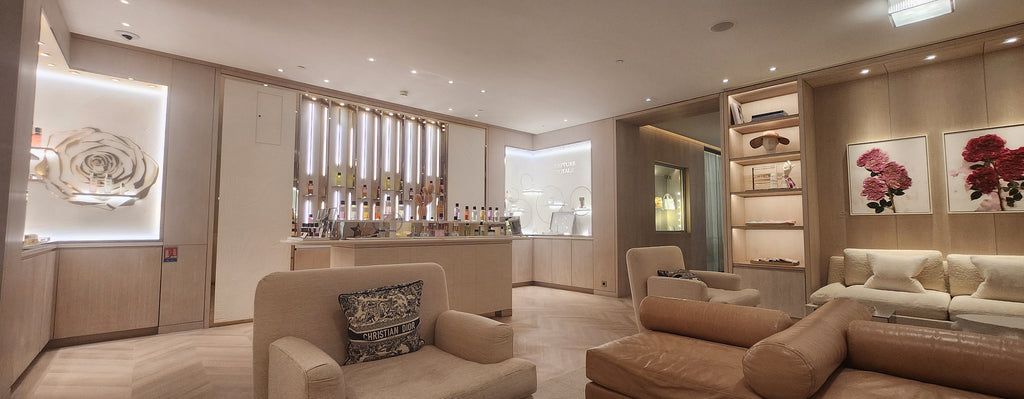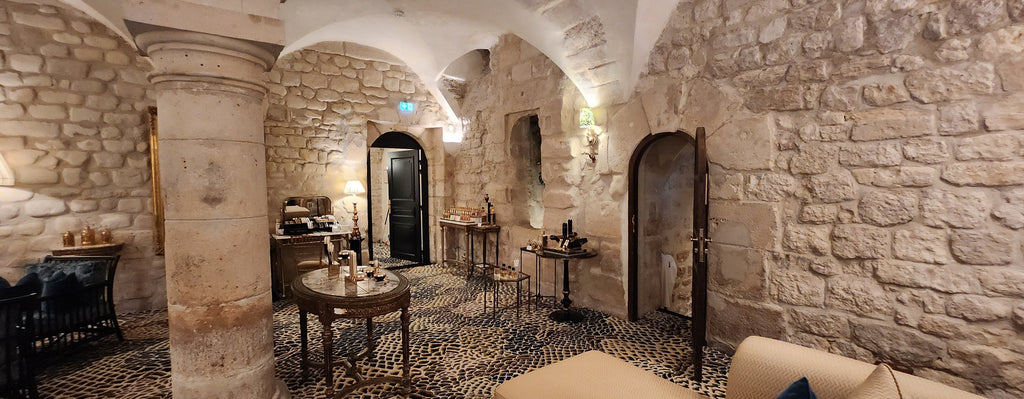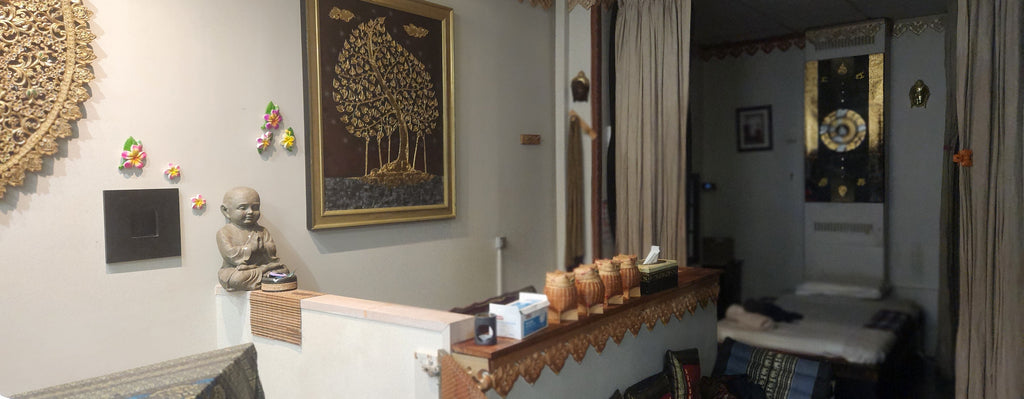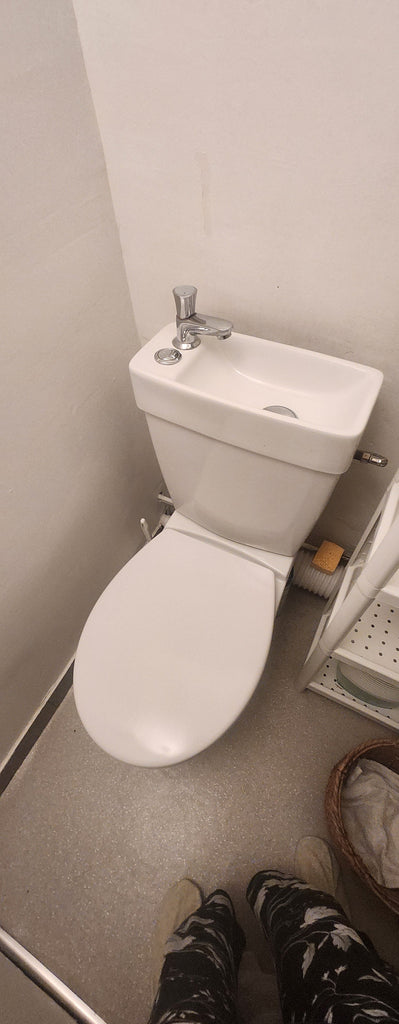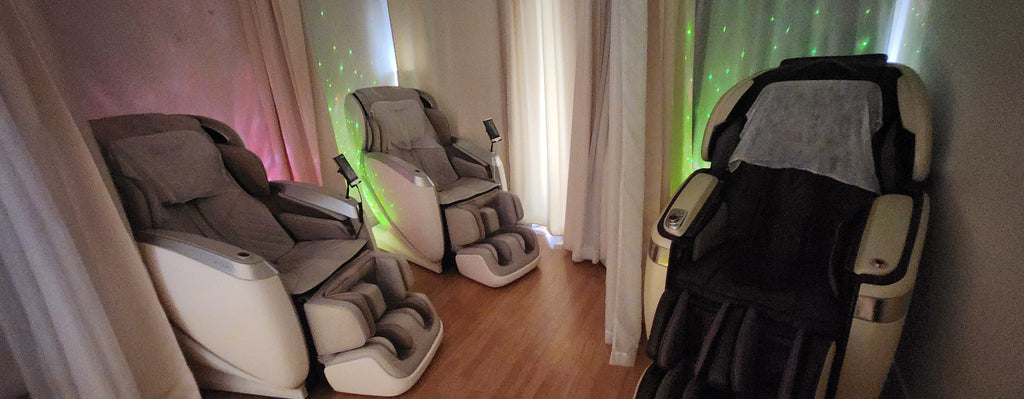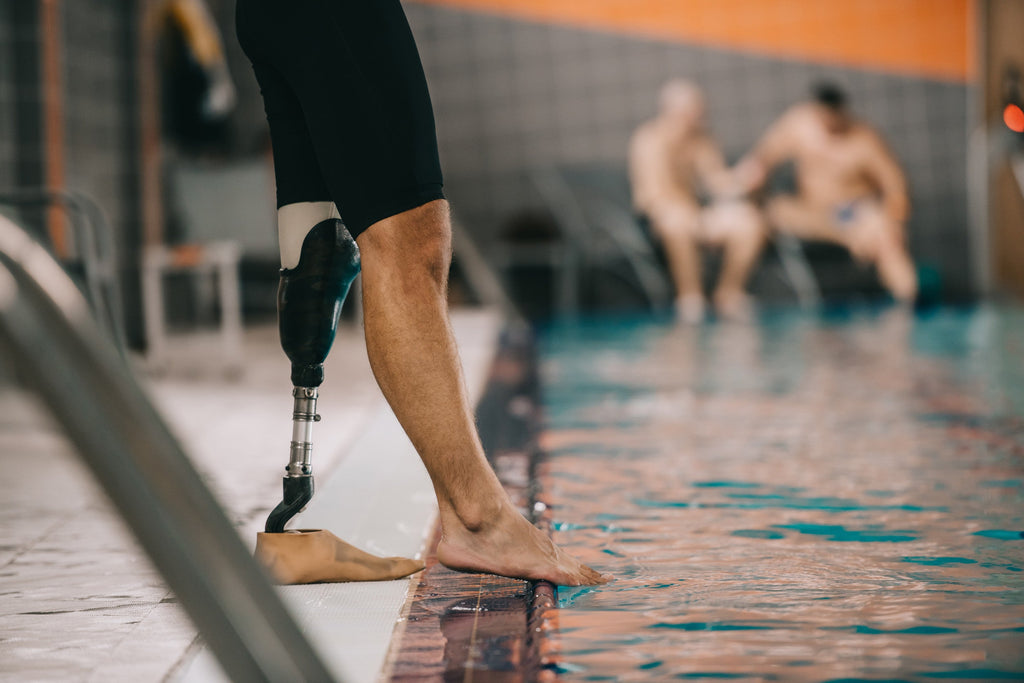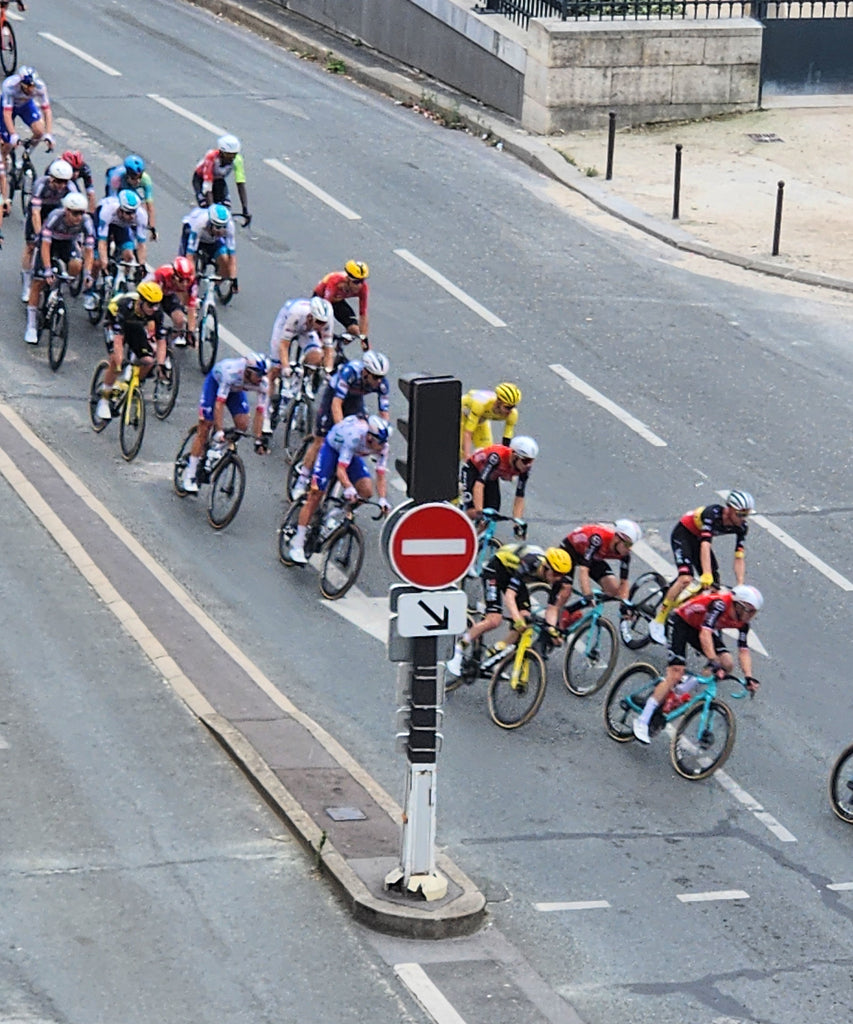By Selena Belisle, Founder/Instructor, CE Institute LLC
Have you had days where you were not paid in full despite being fully booked? Why does that happen? Sometimes massage therapists and establishments are not properly prepared to avoid last-minute cancellations or non-payment for scheduled services.

Let’s review how we can ensure better practice and more stable income with proper massage therapy preparation:
ADVANCED CLIENT INTAKE PROCESS
Why would you wait for a client to arrive at your office to determine if they are contraindicated for the appointment? You should not. Unlike doctor’s offices that commonly double book appointments every 20 minutes, massage therapists generally book one client per hour. Massage therapists usually do not work on more than 5 clients per day, while doctors might see dozens of patients in the same time span. If a doctor misses a client or two for any reason, they’ll still see dozens of others while a massage therapist could lose 20% to 40% of their income in one day if they lost one or two client appointments. This is why it is important to make sure your client is not medically contraindicated prior to arriving to your workspace.
There are different health intake processes that can now be provided online, before your client every steps foot into your practice. This can help rule out contraindications if the client cannot receive the appointment they have scheduled. Now you will have time to provide informed consent with the client, mention the contraindication and provide other treatment options. If the client does not want to proceed with an alternative appointment option, it can also provide a massage therapist or bodyworker the time to schedule another client for that appointment in advance with this effective type of pre-screening.
If you do not want to use an online or computerized client health take, you could also call your client and rule out contraindications over the phone, before they come to your office. This is particularly important for pregnant women and clients in pain. While no one appreciates being inconvenienced due to lack of preparedness, having someone trek to your office while in pain or pregnant only to be turned away is unacceptable and often avoidable when appropriate prescreening is performed.

ALTERNATIVE MASSAGE & BODYWORK APPOINTMENTS OPTIONS
How many types of styles of massage and bodywork have you learned or practiced? Some health contraindications for massage are caused by cardiovascular issues, where an increase of full body circulation would be inappropriate. But that same client might still qualify for other forms of bodywork. Clients who are contraindicated for massage due to circulation issues may still be able to receive the following massage or bodywork appointment:
- Foot, Hand or Ear Reflexology
- Sweet Session™
- Reiki
- Craniosacral Therapy
- Indian Head or Foot Massage
- Energy Sessions
- Other Bodywork That Does NOT Increase Circulation
Determining how to proceed with each individual client is a decision to be made between the therapist and client, based on their individual needs, goals, contraindications and more.
To avoid burning out and remain diversified, we recommend massage therapists become proficient in at least five different massage and/or bodywork modalities. Diversified training allows a massage therapist to keep their practice interesting and provide alternative treatments for clients who might want to try something different, or for when they’re contraindicated for their originally scheduled service.

MASSAGE SUPPLIES, SUPPLIES, SUPPLIES!
It is always good business to have plentiful supplies on hand. This ensures quality of service is maintained. How would you like to start your day knowing that you only have 8 ounces of massage medium remaining for 5 clients. Could you stretch 8 ounces of oil to perform 5 full body massages? Or would you have to cancel someone? Or suggest a different appointment that does not use massage medium?
The same goes for linens. Have you worked in a practice where they’ve flipped the sheets? Perhaps a massage therapist is turning the sheets over between clients because they do not have enough freshly laundered linens for all of their scheduled clients on that day. Flipping sheets is unethical and unsanitary.
It is simple good business to keep extra supplies on-hand. An extra gallon of unscented (nut-free) oil at a massage establishment should always be stored as a sacrosanct back-up massage medium, because:
It can be used to help disperse an unknown aromatherapy or essential oil allergy,
You will always have a back-up on hand for clients who are allergic to nuts,
You will never run out of massage medium that could create appointment cancellations.
Once the gallon of back-up oil is opened, it must be replaced and labelled as the sacrosanct back-up. Syphoning off just a small portion of oil your back-up gallon and then returning it as your back-up option is not appropriate. This could:
Allow someone to continue syphoning from it until it is also gone.
Allow the oil to spoil faster or become rancid at a speedier pace once it’s opened.
Can be mixed in with other open products and now your back-up gallon is missing or gone.
Try to create redundancies in the practice, where massage and bodywork appointments can continue even if something breaks or goes missing. Make a list of all the assets and supplies you require to practice and then create a duplicate or back-up plan for everything. This way your practice is less likely to be interrupted or stop due to a lack of supplies.

WAITLIST
- Find a way to keep one.
- Collect a waiting potential client’s name, email address and phone #. Request all contact methods to reach them if you can squeeze them in.
- Ask what type of appointment they could accept and document it. This plants a seed in allowing the client to digest that even if their desired service is not available, it might be possible to receive something different.
- Payment method and plan: we recommend collecting a payment method for waiting clients with a plan if it’s acceptable to book and deposit any new openings. This will help ensure their commitment on the wait list to actual show for an appointment if or when you’re able to add them to the schedule.

OLD SCHOOL BACK UP OF THE DIGITAL AGE
Most bodywork, health and massage establishments now allow online scheduling. But what would happen if you lost internet service? Or, how would you know who’s showing for what type of service at what time if your online software company used went offline? We recommend daily closing tasks to include taking a screenshot of the next day’s appointments. While this screenshot may become outdated as time goes on, it’s better than having no idea of what your workday will look like without! Be sure to copy or save the screenshot to your desktop instead of another place online, because you still want to be able to access it is you lose your internet connection.
The following two pictures are of back-up traffic lights in London England. I've never seen these in the United States before. They are mobile traffic lights that can be rolled to any area needed. Wouldn't it be wonderful if we all had back-up items we could use at anytime to replace our initial need or requirement like these traffic lights?


MASSAGE THERAPY PREPAREDNESS CONCLUSION
There are many things you can do to better prepare your practice for quality service. If you have to cancel an appointment for any reason, look at the reason why. Was it avoidable? If it was avoidable, how could you better prepare yourself to prevent the cancellation from reoccurring. There are many back-up plans that can be made in advance with a little time, preparedness and thought.

